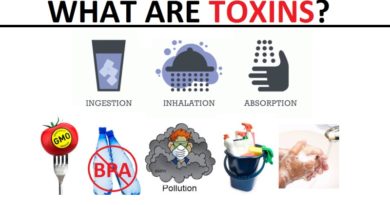Healthcare in the Philippines: An Overview
Healthcare in the Philippines does not meet WHO standards of equal access to quality treatment without financial burden.
The Philippines is a country located in Southeast Asia, with a population of over 107 million people. The healthcare system in the Philippines has undergone significant changes in recent years, with a focus on improving access to quality medical services for its citizens. The country has well-trained medical staff and offers quality healthcare, although facilities may not be as advanced as those found in Western countries. English is widely spoken, making it easier for expatriates to access healthcare services.
Current State of Healthcare in the Philippines
In recent years, the Philippine government has made a significant investment in the healthcare sector, including increasing funding for public hospitals and strengthening the role of healthcare providers. Despite these efforts, however, there remain significant challenges in the healthcare system, including a shortage of healthcare providers, inadequate infrastructure and equipment, and limited access to health services in rural areas.
Access to Healthcare One of the biggest challenges facing the healthcare system in the Philippines is access to medical services. Despite the government’s efforts to increase funding for public hospitals, many Filipinos still struggle to access quality medical care, particularly in rural areas. According to the World Health Organization (WHO), the country’s doctor-to-patient ratio is one of the lowest in Southeast Asia, with only 2.2 doctors for every 10,000 people. This shortage of healthcare providers, combined with limited access to medical services in rural areas, means that many Filipinos are unable to receive the medical care they need.
Public vs Private Healthcare
The Philippine healthcare system is divided into two main sectors: public and private. Public healthcare services are provided by government-owned hospitals and clinics, while private healthcare services are provided by private hospitals and clinics. Despite the government’s efforts to improve access to quality medical services, many Filipinos still rely on private healthcare providers due to a lack of trust in the public healthcare system and the availability of better services and facilities in private hospitals.
Public Healthcare
Challenges and Limitations Public hospitals in the Philippines are staffed by highly skilled doctors and nurses, however, access to quality healthcare remains unequal. Despite the implementation of universal healthcare, many Filipinos, especially in rural areas, struggle to receive adequate medical care. The heavy reliance on public healthcare, along with the trend of Filipino medical professionals leaving for work abroad, has resulted in overcrowding and delays in treatment at public hospitals. The government-owned corporation PhilHealth provides subsidies for various treatments, including inpatient care and non-emergency surgeries, and is open to both citizens and legal residents.
Private Healthcare
Advantages and Popularity Private healthcare in the Philippines is growing, with well-equipped facilities and fast treatment times. Although considered expensive by local standards, the relative affordability of private healthcare compared to other countries has made the Philippines a popular destination for medical tourism. Doctors in private hospitals are on par with those in the public sector, offering quality medical services.
| Public Healthcare | Private Healthcare |
|---|---|
| Highly skilled doctors and nurses | Skilled doctors on par with public sector |
| Universal healthcare | Not universally accessible |
| Strained by heavy reliance and staff shortages | Well-equipped and efficient |
| Subsidized by PhilHealth | Considered expensive by local standards |
| Varies in quality, with better access in urban areas | Relatively affordable and growing in popularity |
Health Insurance role in Healthcare in the Philippines
Health insurance is an important aspect of the healthcare system in the Philippines, and is considered essential for accessing quality medical services. The government provides health insurance to all its citizens through the National Health Insurance Program (NHIP), but coverage is limited, and many Filipinos choose to purchase additional health insurance from private companies.
SUMMARY
Despite recent efforts to improve the healthcare system in the Philippines, significant challenges remain, including a few healthcare facilities, shortage of healthcare professionals, limited access to medical services in rural areas, and inadequate infrastructure and equipment.
However, private healthcare services are well established and provide efficient services for those who can afford it. The Philippine government and healthcare providers need to work together to address these challenges and improve access to quality medical services for all Filipinos.




